Pre-implantation genetic diagnosis is too high a price for a perfect baby
 Last week the European Society of Human Reproduction and Embryology (ESHRE) held its annual meeting in Stockholm, Sweden on 3-6 July.
Last week the European Society of Human Reproduction and Embryology (ESHRE) held its annual meeting in Stockholm, Sweden on 3-6 July.
You may have noticed that Germany have just made it legal to use PGD to screen out embryos carrying disorders which are fatal to the baby during pregnancy.
However in the UK our policy is much more liberal and was liberalised even further by the Human Fertilisation and Embryology Act 2008. PGD has been offered by the NHS for more than a decade for serious diseases that come early in childhood (like Cystic Fibrosis, or Tay Sachs) but it is now also available for much less serious diseases. The first child born free of the breast cancer genes BRCA1 and BRCA2 by PGD was born only in 2009 but screening is now increasingly commonplace.
There are over 6,000 genetic disorders of varying severity and age of onset. Some result almost universally in miscarriages (eg. some of the trisomies), some are fatal in childhood (Tay Sachs), some fatal in adulthood (Huntingtons), others result in life-long disability (Down’s Syndrome) and some genes simply give you a high possibility of contracting a certain disease like cancer later in life (eg. BRCA). The problem is that Britain is moving rapidly down the slippery slope seemingly to screen out embryos with less and less serious conditions.
There is a huge moral difference between, on the one hand, testing prospective parents to see if they have particular genes and then advising them of the risk of having an affective baby (which if high enough might lead them rather to opt for adoption), and, on the other hand, searching out and destroying affected individuals either at the embryo stage through PGD or later in pregnancy through chorionic villus biopsy (at 8-10 weeks) or amniocentesis/ultrasound at 18-20 weeks.
Search and destroy techniques in the UK are increasingly common. Apart from the growing number of PGD cases there were almost. Statistics released just last week, revealed that between 2002 and 2010 there were 17,983 abortions on the grounds that there was a ‘substantial risk’ that the babies would be ‘seriously handicapped’ — known as ‘Ground E’ abortions. The overwhelming majority of these were for abnormalities compatible with life outside the womb.
The article describes a teacher from South Shields, Daniel Stanley, who lost his sister Natasha to breast cancer at the age of 28. Having been tested and found that he carried the same gene he and his partner Danielle were opting for PGD to screen out any affected embryos. Daniel is reported as saying that ‘having watched his sister, preventing that kind of suffering is almost a kind of duty’.
However there is a huge moral difference between on the one hand preventing or managing suffering in an affected individual, and on the other hand destroying that individual because it might suffer in the future.
The key question is, ‘is it better to live with the disability or have your life ended before you have lived at all?’ The overwhelming majority of disabled people would say that they would far rather have lived with their disability than not lived at all. So how can we presume to make that decision for others?
It seems that we have now reached the situation where we as a society are making the decision that human beings conceived with disability should not live either because we do not want them to experience suffering, or because having to care for them in their suffering would be a burden to others and society in general.
These cases of course raise serious questions about the status of the embryo and the nature of suffering.
My own view is that human embryos are human beings with potential worthy of the utmost respect, protection, empathy and wonder. The only difference between an embryo and you and I is nutrition and time. It follows that we should not be ending the life of a person with disability (or serious disease) before birth anymore than we should be doing it after birth.
The Christian ethic as exemplified beautifully in the life of Christ is that the strong make sacrifices for the weak or even if necessary lay down their lives for the weak. We are encouraged to bear one another’s burdens recognising that there are stages in the lives of all of us when we are deeply dependent on the love, care and support of others.
It would be wonderful if the Christian community could model this care for the sick and disabled, not just after birth but also for the most vulnerable of human beings before birth. But we need to begin by recognising that these principles apply even in the most serious conditions at the very earliest extremes of life.
If the price of a perfect baby is screening out and destroying embryonic humans with ‘special needs’ then that price is too high. It is far better to choose to remain childless, or to adopt, or to be prepared to provide a lifetime of care for a person with special needs rather than to go down that route. It is better, if your intention is ‘search and destroy’, not to be testing at all.

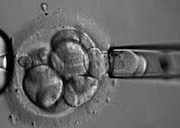
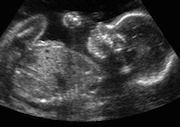

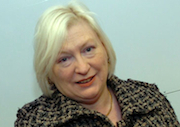
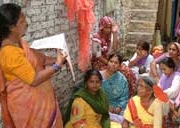
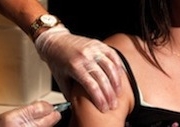
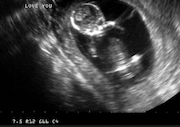

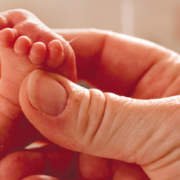

Leave a Reply
Want to join the discussion?Feel free to contribute!